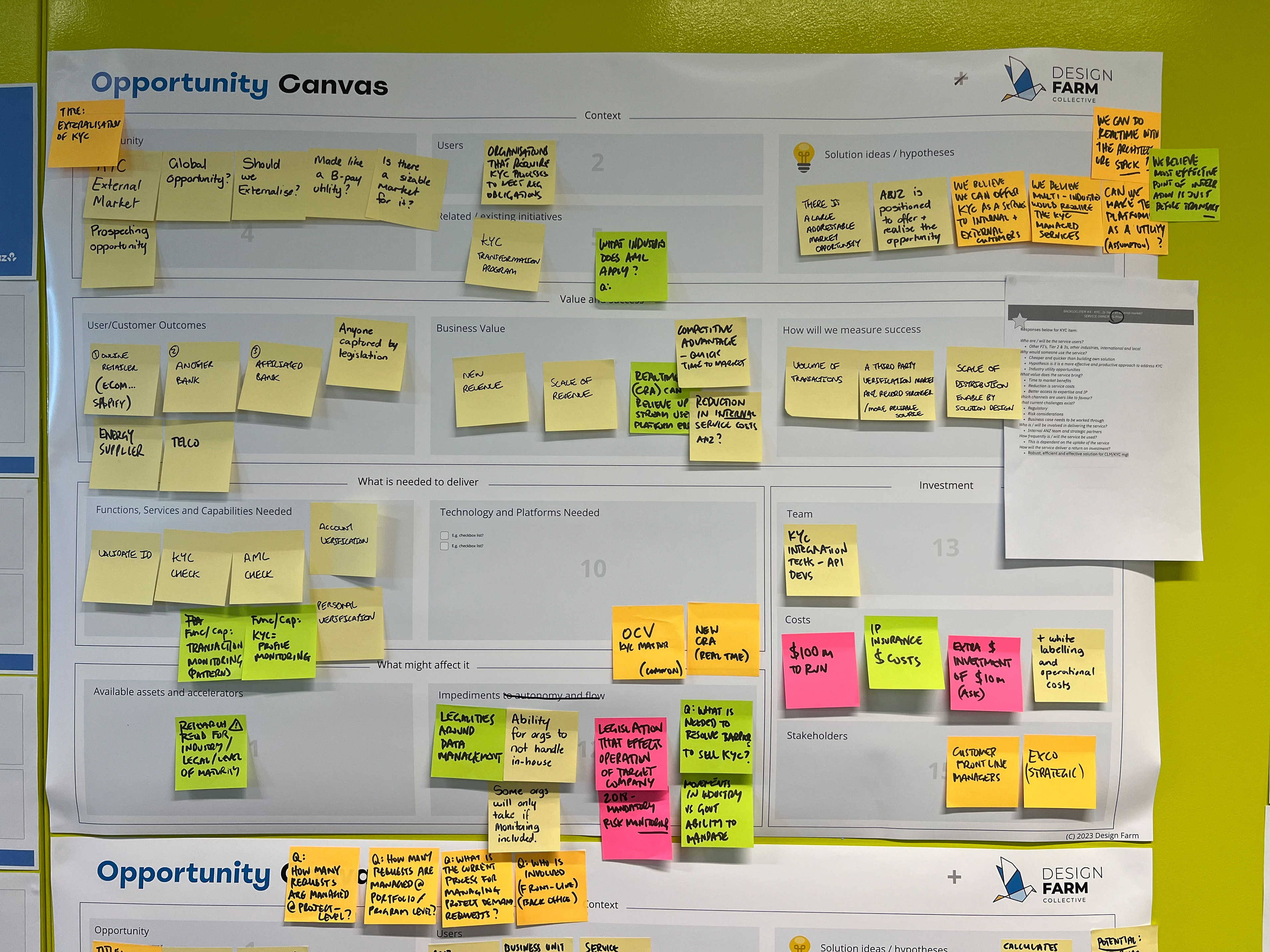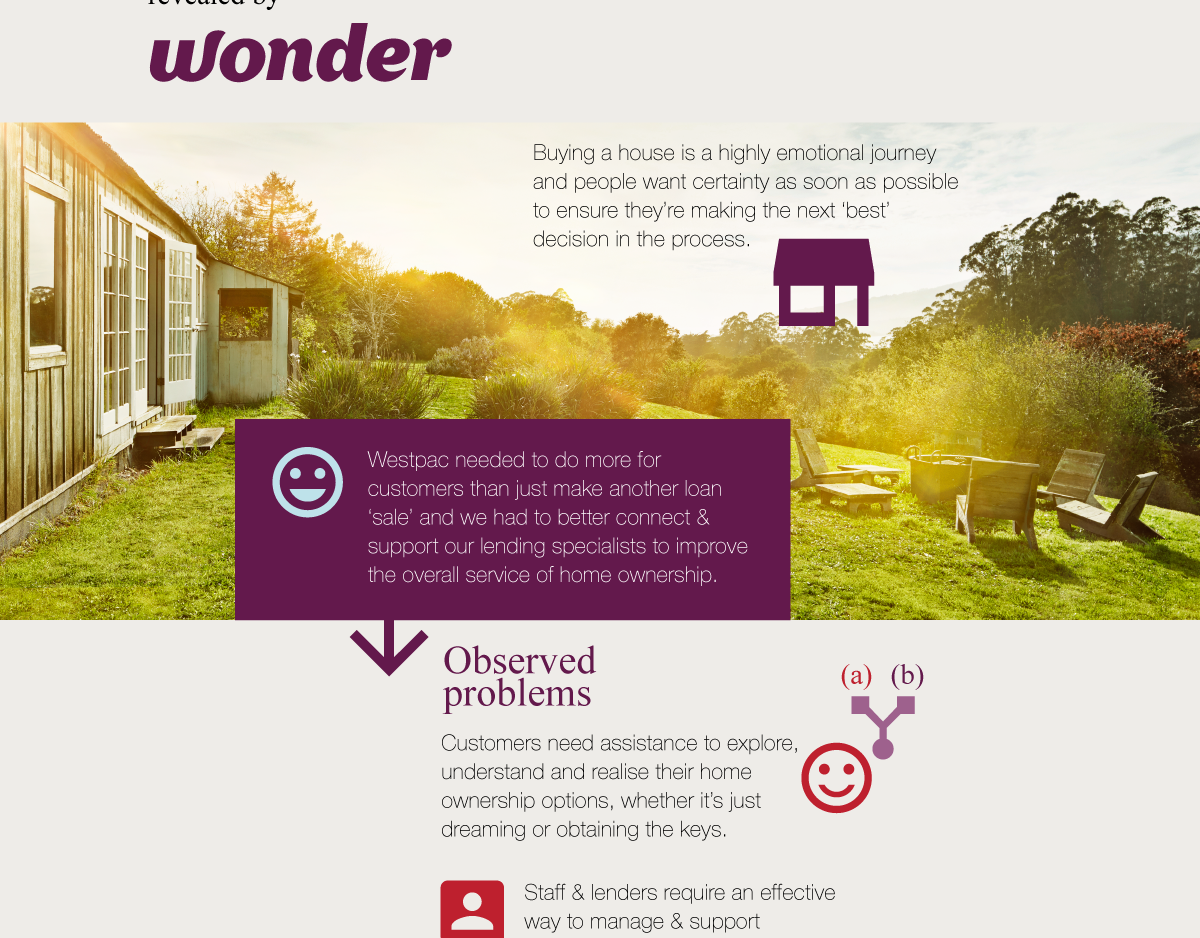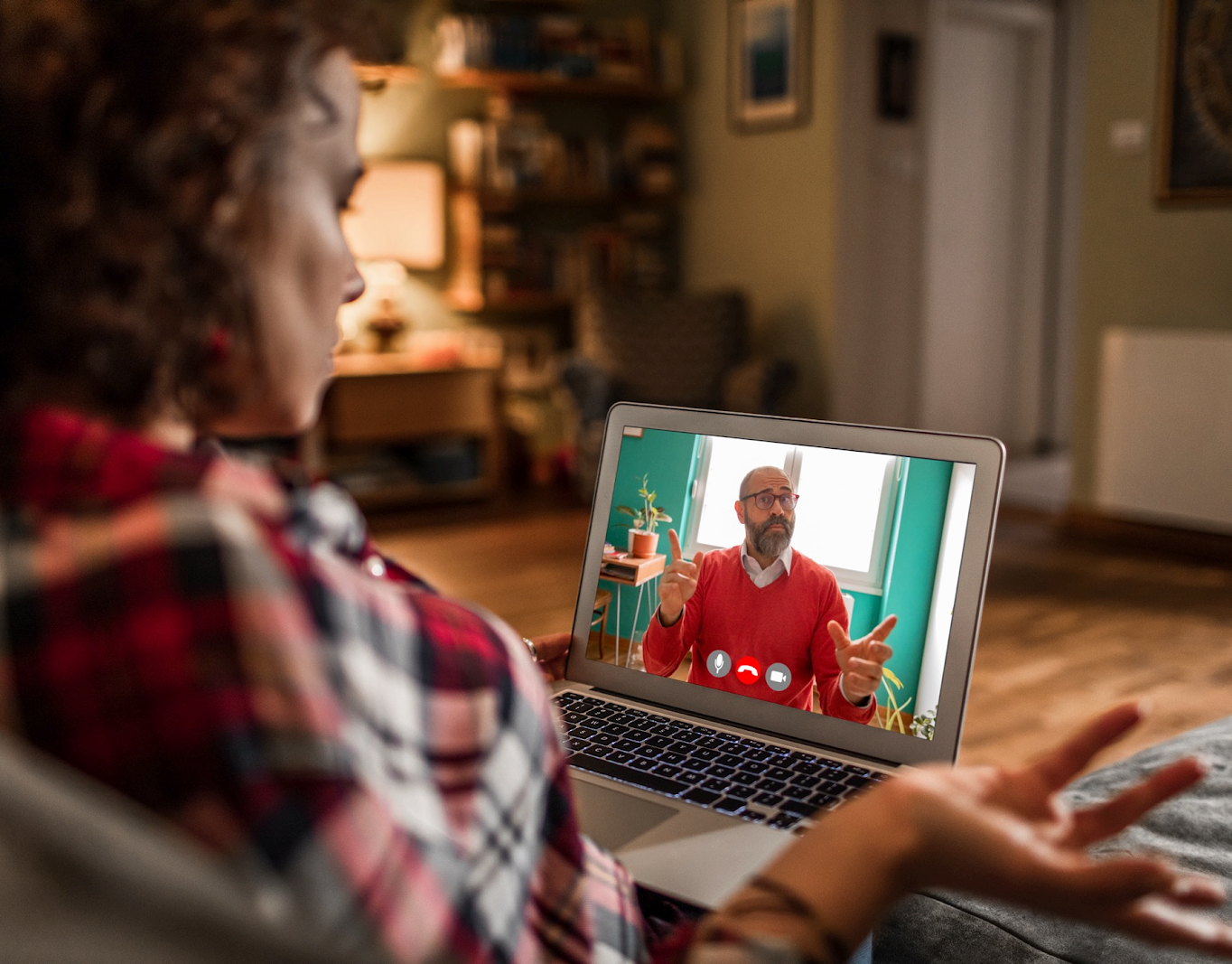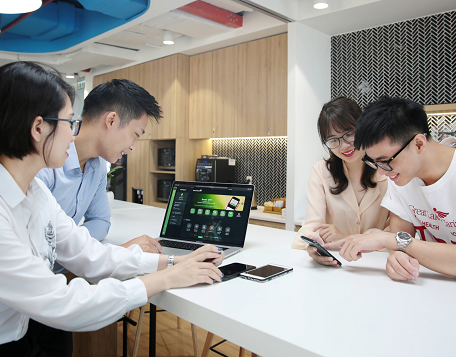Design Farm Collective were invited to help ANZ (in Nov 2023) to assist with the following:
// Establish a service model that enables business to access needs horizontally
// Give the business the ways of working that are consistently enabling of value creation//
// Financially enable the cost centres to be shared on consumption models that are linked to value
// Combine the right mix of resourcing and engagement that ensures high value expertise
ANZ
December 2023 - March 2024
(12 weeks duration)
(12 weeks duration)
My roles:
Strategic Business Design Principal, Engagement Lead
My tasks & responsibilities:
// Planning;
// Operations strategy development;
// Workshop facilitation;
// Organising materials & assets;
// Creating & managing engagement communications;
// Stakeholder management;
Situational Analysis & Research
Offsite workshops at a rural location offer the deep-dive opportunities for the small executive team members to really be honest about their organisational challenges. The team shares information openly about ways of working, operational barriers and what potential 'shared' vision can be established for the success of the program future.
// Collective Ambition activity defined 6 principles for the Business Services team;
// Qualitative Discovery & Interview sessions with a program Delivery team (Know Your Customer) and the Business Services executive team, uncovered operational pain-points and high-cost production assets being under-utilised;
// Qualitative Discovery & Interview sessions with a program Delivery team (Know Your Customer) and the Business Services executive team, uncovered operational pain-points and high-cost production assets being under-utilised;
DFC team stepping the ANZ Business Services team through version 1 of the playbook strategic activities and methods
Design Approach
The first 8 weeks involved establishing the strategic intent, commercial models, ways of working and partnering models that support large scale productivity and performance.
1. Defining the strategy
2. Establishing the experience targets and estimated value (hypothesis)
3. Calculating the Business Benefits for each experience
4. Bringing the propositions to life (prototype)
2. Establishing the experience targets and estimated value (hypothesis)
3. Calculating the Business Benefits for each experience
4. Bringing the propositions to life (prototype)
Establishing team alignment to the agreed scope of work with the client is paramount for a design team to deliver value on any strategic engagement. The video below illustrates my approach to mobilising a 'distributed' team utilising a Miro based collaborative workspace.
What we were able to execute...
Outcomes
The first 2 weeks was about getting the intention of the new 'way of working' up on the walls – transparent so the client team can visualise what they are going to be working with. The first draft of the operational strategy was co-designed with the client team and reviewed / updated 2-3 times in the first 2 sprints.
Low fidelity of outcomes were important at this beginning stage, to keep the team from over-investing in time spent on outputs – in case the collaboration deemed it necessary to pivot and re-prioritise other types of deliverables.
Low fidelity of outcomes were important at this beginning stage, to keep the team from over-investing in time spent on outputs – in case the collaboration deemed it necessary to pivot and re-prioritise other types of deliverables.
Iterative Proof points:
12 weeks is only enough time to test the method and experiment with tools and methods with client teams. The final 2 weeks involved finessing the printed and digital assets so they could be useful by other teams later on. The creative support team was always 'iterating' the outputs in stages. The sequencing of strategic thought and supporting considerations of and by the client team is just as important as 'producing a booklet' or 'mapping sticky notes on a canvas'. Once the methods are 'run a few times'...the way of working demonstrates value.

The initial 'Fishbowl' physical space setup plan

An Opportunity Canvas - work with the ANZ client team in progress
Jay Whittaker from DFC workshopping the ANZ client through a Wardley Mapping activity
Deliverables
Week 4
// DRAFT (ver.1) Fishbowl process flow
// DRAFT (ver.1) Fishbowl Playbook
// DRAFT (ver.1) Opportunity Canvas and Service Blueprints for 2 identified initiative
Week 8
*The title of the Strategic Operation changed from Fishbowl to Greenhouse as part of the iterative development*
// (ver.2) Greenhouse process flow
// (ver.2) Greenhouse Playbook
// (ver2.) refined Opportunity Canvases and Service Blueprints
// DRAFT Financial Modelling on initiative viability (calculations based on industry research to determine the forecasting of what the return could be on estimated effort to deliver outcomes
Week 12
// (ver.3) Final Greenhouse process flow and Strategic Approach to enable adoption across the organisation
// (ver.3) Final Greenhouse Playbook
// (ver3.) Digital Final Opportunity Canvases and Service Blueprints
// COMPLETED Financial Modelling on initiative viability
// Converted digital assets to Microsoft Whiteboard and Confluence pages + How to use guidelines for all digital assets
Learnings
💬 Well structured communications and regular face-to-face and remote sessions are absolutely necessary in order to support the client team/s and bring them along the co-design journey
⚠️ Assume nothing! Just because your team is well versed and highly proficient at using terminology of business design language, doesn't mean it translates efficiently when co-designing with client teams. Clear and simplified terms that makes business sense is paramount for everyone to 'stay on the same train'.
🚀 Iterate, iterate, iterate! Teams working towards 'developing the next' version also continue to develop a 'progressive mindset'. No one method, tool or asset is perfect.



